Introduction
When someone tells you that you have prostate cancer, it might be daunting. However, several prostate cancer treatment options are now available, giving men genuine hope for recovery, owing to advancements in contemporary science. More than 90% of men with prostate cancer survive for more than five years, making it one of the malignancies with the greatest survival rates when detected early.
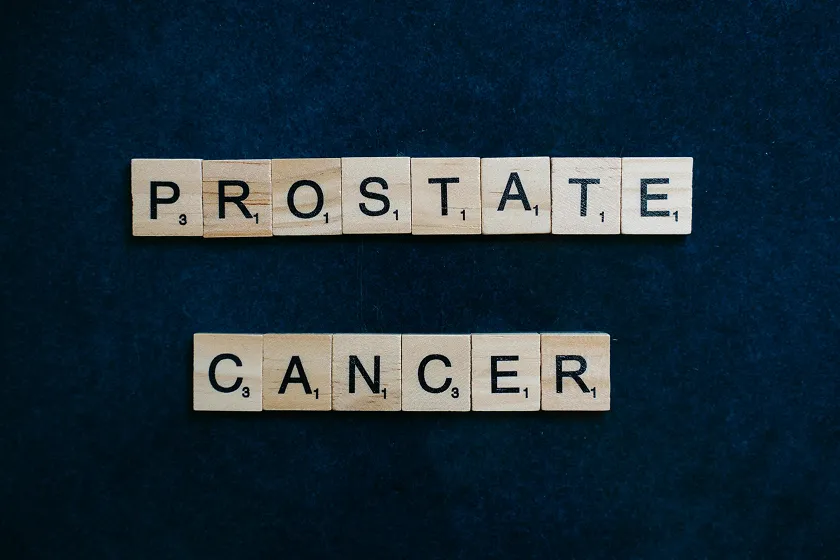
This article will discuss the seven most effective treatment modalities, ranging from radiation and surgery to lifestyle modifications and recuperation assistance. Additionally, you will learn about the phases of prostate cancer, what to anticipate throughout treatment, and how maintaining a healthy diet and attitude can increase your chances of long-term recovery. This guide is intended to help you understand your options, ask the correct questions, and feel confident about the future—whether you’ve just received a diagnosis or are supporting a loved one.
Understanding Prostate Cancer Stages
Doctors assess prostate cancer before deciding on a course of therapy. This aids in choosing the most effective rehabilitation strategy.

Key Points to Know
- Stages I and II: Prostate cancer is localized and frequently asymptomatic.
- Stage III: Although it may not have reached other organs, the tumor may have expanded outside of the prostate.
- Stage IV: Bones, lymph nodes, or other organs have been affected by the cancer.
| Stage | Description | Treatment Focus |
| I-II | Localized, small tumor | Curative (surgery, radiation) |
| III | Locally advanced | Combination therapy |
| IV | Metastatic | Palliative, control & quality of life |
Takeaway: Knowing your stage is the first step to deciding the right treatment path.
1. Surgery and Prostate Cancer Recovery
A radical prostatectomy, a kind of surgery, is frequently advised for men with early-stage illness.
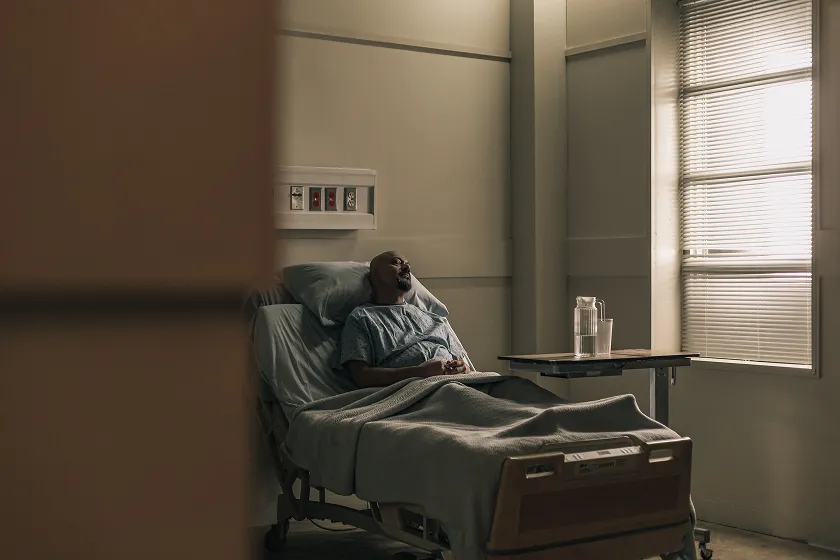
Types of Surgery
- Open surgery is a conventional method that involves only one incision.
- Laparoscopic surgery is less intrusive and takes less time to heal.
- Surgery with robotic assistance: more accuracy, fewer problems.
Benefits
- can eradicate cancer.
- Gives a comprehensive picture of the severity of the disease.
Side Effects to Expect
Following surgery, some men may develop erectile dysfunction or urinary incontinence. Many people get better over time with the right treatments.
Advice: To get ready both mentally and physically, talk about recovery plans with a urological specialist.
2. Radiation and Chemotherapy Options
Another important treatment when surgery isn’t appropriate is radiation therapy, either alone or in conjunction with it.

Radiation Therapy
- External Beam Radiation (EBRT): Uses high-energy beams to target cancer cells.
- Implanting tiny radioactive seeds within the prostate is known as brachytherapy.
Chemotherapy Options
- It is mostly used for prostate cancers that are resistant or have progressed.
- Drugs destroy rapidly proliferating cells by moving through the bloodstream.
| Treatment | Best For | Side Effects |
| EBRT | Localized cancer | Fatigue, skin irritation |
| Brachytherapy | Early-stage | Urinary discomfort |
| Chemotherapy | Advanced | Nausea, hair loss |
Key Insight: Chemotherapy is more intense but required for advanced stages, whereas radiation frequently maintains quality of life.
3. Hormone Therapy and Alternative Medicine
Testosterone fuels prostate cancer cells. To limit the growth of tumors, hormone treatment reduces these levels.
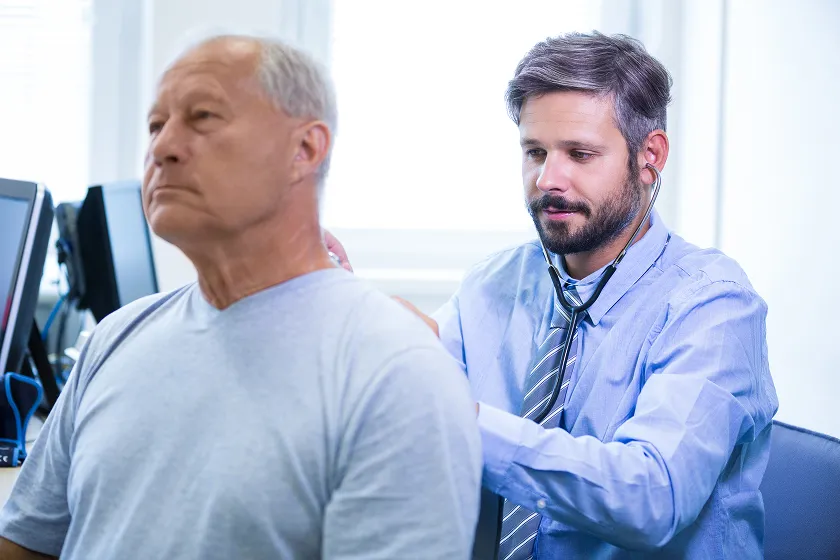
Main Types
- LHRH agonists and antagonists: Injections that prevent the generation of hormones.
- Anti-androgens are medications that stop cancer cells from being fed by testosterone.
Alternative Medicine Approaches
Some patients look for vitamins, acupuncture, or herbal therapies. They should never be used in place of traditional treatment, even though they could lessen symptoms.
Checklist for Safe Use of Alternative Medicine:
- Consult your oncologist at all times.
- Steer clear of unconfirmed supplements.
- Utilize alternative therapies to control side effects or relieve stress.
Reminder: Recovery can be aided by combining safe lifestyle therapy with conventional oncology care.
4. Diet, Lifestyle, and Prostate Cancer Recovery
Your lifestyle decisions have a significant impact on your long-term health and prostate cancer survival rate.
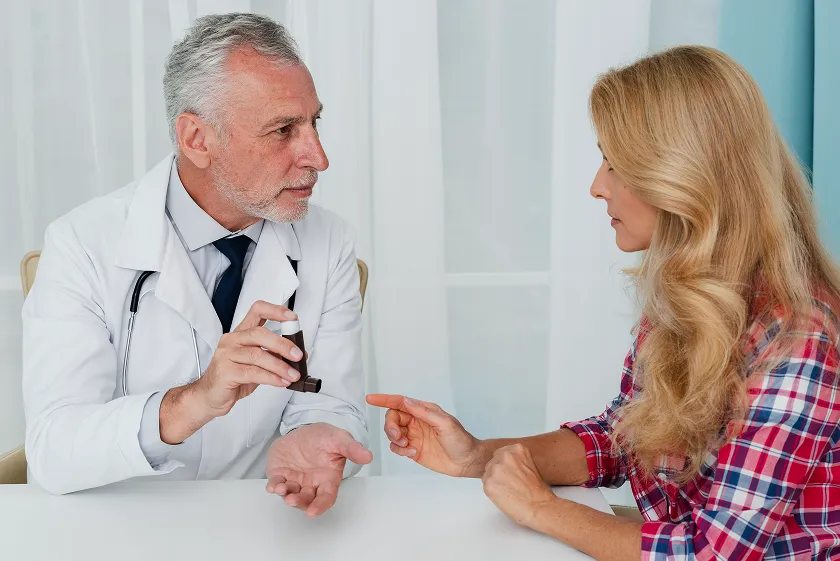
Prostate Cancer Diet Tips
- Increase your intake of whole grains, fruits, and veggies.
- Cut back on processed meals and red meat.
- Add meals high in omega-3, such as flaxseeds or salmon.
Lifestyle Habits
- Eat more whole grains, fruits, and vegetables.
- Giving up smoking reduces the chance of recurrence and enhances recovery.
- Counseling, yoga, or meditation can help you manage your stress.
| Habit | Benefit | Example |
| Exercise | Boosts immunity | Walking, cycling |
| Diet | Reduces inflammation | Leafy greens, berries |
| Stress control | Improves recovery | Meditation |
Key Message: Living a healthy lifestyle may prolong one’s life in addition to providing support.
5. Prostate Cancer Care at Home
Home care guarantees comfort and recuperation following hospital treatment.
What Home Care Involves
- Monitoring symptoms: Keep tabs on any changes in urination, weariness, or discomfort.
- Management of medications: Pay close attention to timetables.
- Counseling and family are essential sources of emotional support.
Home Recovery Checklist:
- Don’t miss follow-up visits.
- Keep your diet well-balanced.
- Drink plenty of water.
- Keep a regular log of your symptoms.
- If side effects get worse, get medical treatment.
Tip: Many families find support groups helpful during this stage.
6. Prostate Cancer Survival Rate by Age
Treatment kind, age, and stage all have an impact on survival results.
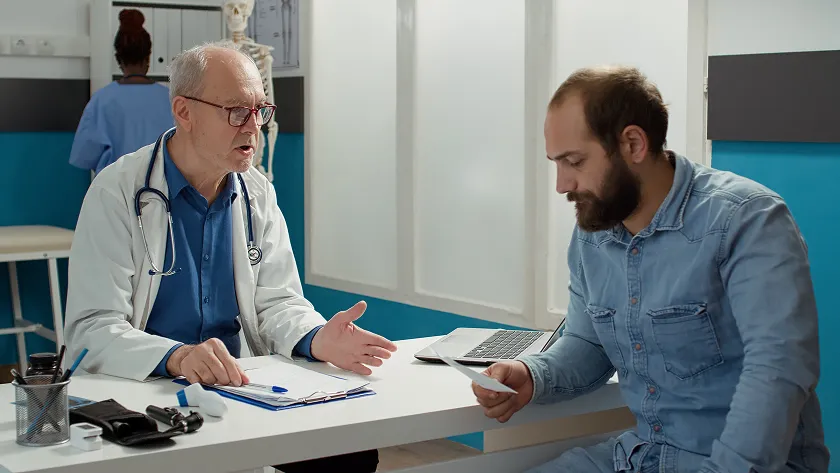
Average Survival Rates
- Stages I–II of localized cancer have a 5-year survival rate of almost 100%.
- Stage III: around 70 to 85 percent.
- Stage IV: Declines to around 30%.
| Age Group | Average 5-Year Survival |
| <65 years | 90–95% |
| 65–75 years | 75–85% |
| >75 years | 60–70% |
Insight: Due to their generally good health, younger individuals tend to recover more quickly. However, life expectancy can be increased with therapy at any age.
7. Treatment Costs and Access
Prostate cancer treatment costs vary by country. Treatment for prostate cancer can cost thousands of dollars in places like the United States, but access to cutting-edge care may be restricted in places like Pakistan.
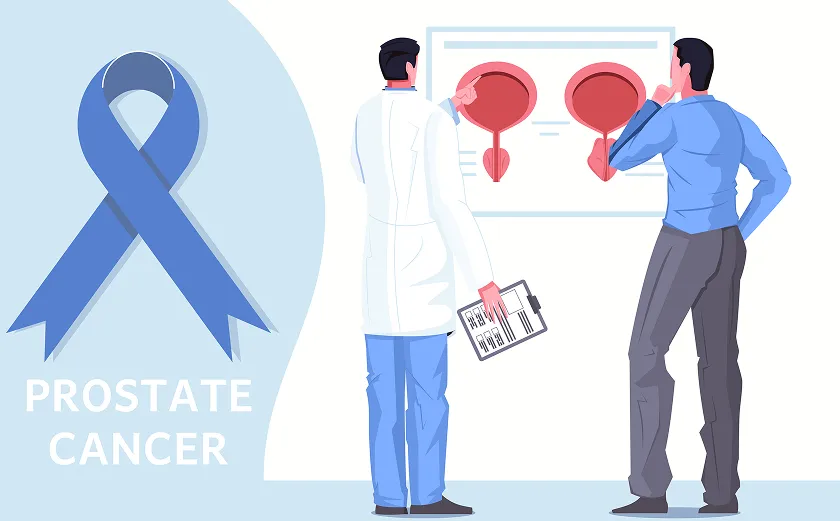
Factors Affecting Cost
- treatment kind (radiation vs. surgery).
- Nation and medical system.
- Coverage by insurance.
Tip for Patients: Examine financial assistance offered by government initiatives, non-governmental organizations, and cancer foundations.
Staying Positive During Recovery
Despite the anxiety and uncertainties that come with receiving a prostate cancer diagnosis, keeping a positive attitude may truly help. Research indicates that men who continue to interact with their care team, keep up social ties, and have modest goals for their recovery frequently have better emotional and physical results. Recall that mental health is just as important to healing as medical care.
The Importance of Support Systems
Rarely should you embark on your recovery path by yourself. During difficult times, family, friends, and patient support groups offer bravery, support, and useful assistance. Talking to other guys who have experienced prostate cancer might reduce anxiety and offer helpful coping mechanisms. Online communities are a fantastic substitute for in-person assistance when it is unavailable.
Looking Toward Long-Term Health
The final hospital stay for prostate cancer treatment marks the start of a new stage of life. Long-term survival depends on a healthy lifestyle, routine checkups, and cancer screenings. Men may strengthen their future and lower their chance of recurrence by concentrating on general men’s health knowledge, which includes heart health, diet, and exercise.
Advances in Cancer Research
Prostate cancer is at the focus of several ground-breaking studies in the quickly developing field of cancer research. Researchers are investigating immunotherapy, which enhances the body’s immune system’s ability to combat tumors, and targeted medicines, which target just cancer cells while sparing healthy ones. In order to increase survival rates while lowering side effects, clinical studies are also evaluating combinations of hormone treatment, radiotherapy, and novel drugs. These developments provide men who are diagnosed today more options, better results, and a more optimistic future than in the past. Keeping up with the latest advancements and talking about them with your care team can lead to access to innovative therapies that weren’t even accessible ten years ago.
Taking Action Early
Detecting prostate cancer early is essential. Consistent cancer screenings are vital, as numerous men may not show symptoms until the cancer has progressed. Physicians typically recommend a physical exam and the PSA blood test for men over the age of 50, or sooner if there are risk factors, such as a family history or being of African or South Asian descent.
These tests are straightforward, but they can mean the difference between detecting cancer when it is treatable and when it is not. Your greatest chance for long-term health is to schedule regular examinations and work with a urological professional. Keep in mind that life is saved by preventive and prompt intervention.
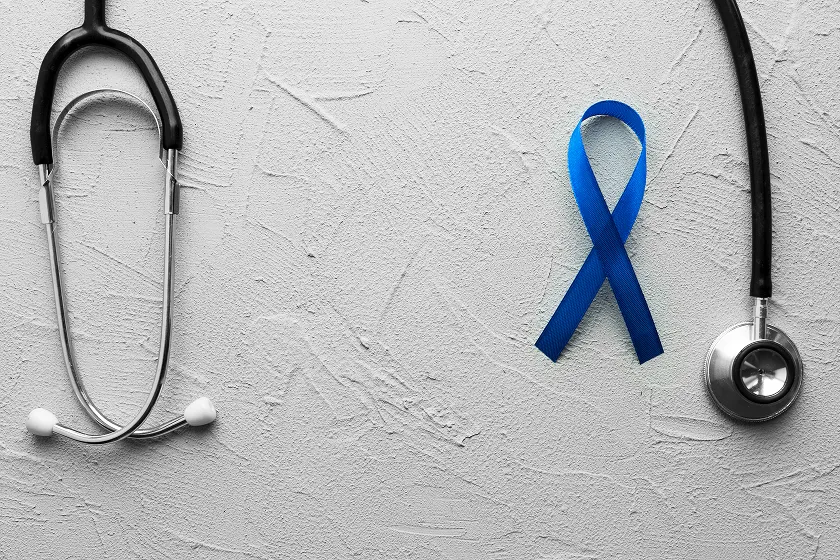
FAQs
1. What is the best treatment for prostate cancer at early stage?
Early stages often respond well to surgery or radiation. Both offer high cure rates when the cancer is localized.
2. Can prostate cancer be cured permanently?
If detected early, prostate cancer can often be cured. In advanced cases, treatment focuses on control and quality of life.
3. What are common prostate cancer surgery side effects?
The most reported side effects include urinary leakage and erectile dysfunction, but many men improve with rehab and support.
4. What role does diet play in prostate cancer recovery?
A diet rich in plants, fiber, and omega-3s supports healing and lowers the risk of recurrence. Avoiding processed foods is key.
5. What is prostate cancer life expectancy with treatment?
Life expectancy varies. Many men live long lives after treatment, especially if diagnosed at an early stage.
Conclusion
Although prostate cancer is difficult to deal with, there are several treatment options available today that provide patients hope for recovery and survival. Every strategy, from radiation and surgery to lifestyle modifications, contributes to better results.
You can take charge of your health journey by being aware of the phases of prostate cancer, making informed decisions, and adopting healthy behaviors. Keep in mind that proactive care and early detection have the greatest impact.
Don’t delay if you or a loved one is dealing with this diagnosis; speak with a healthcare provider, ask questions, and start the healing process. Your future and well-being are worth it.
Internal Links
- Bird Flu 2025: Key Facts to Stay Safe & Aware
- Bird Flu Symptoms in Humans and Animals: How to Recognize Early Signs




